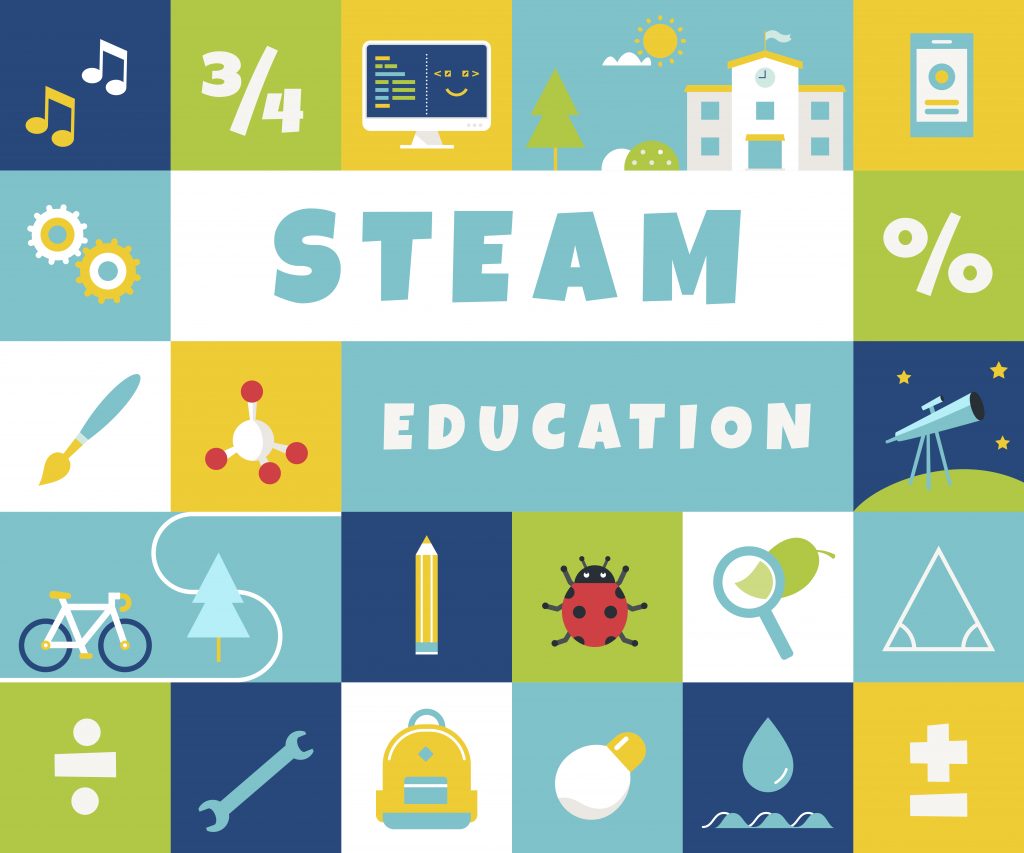Following a successful pilot program last year, Rapid City Area Schools is set to launch the STEAM2 (steam-squared) initiative district-wide this fall.
STEAM2 is closely related to the STEM initiative, a national education platform that emphasizes science, technology, engineering, and math. The RCAS program adds arts integration, since the district has a strong track record with this discipline, and medicine (the second “M”)—a decision that was made after consulting with members of the medical community who expressed a desire to collaborate.
Dr. Lori J. Simon, Superintendent of Schools, is the guiding force behind STEAM2. She led a group of stakeholders in the development of a similar program in the Twin Cities, one that has been wildly popular. After relocating to Rapid City four years ago, Dr. Simon was eager to get the program into Rapid City schools—but she wanted all kids to have exposure to this new way of learning, not just a select group, and set her sights on adopting a district-wide approach.
The main goal of STEAM2 is to provide a holistic approach to learning, with an emphasis on teaching important 21st century skills. Dr. Simon identifies these as “The 6 C’s”: communication, collaboration, creativity, critical thinking, character, and citizenship. The list was developed after engaging with local employers last year to rank the skills most important to long-term success.
STEAM2 differs from traditional learning programs by integrating different subject areas rather than focusing on them separately. Incorporating a blend of math, science, art, and other topics is important because all of those skills are interdependent. This type of learning promotes balance between the right brain (the creative/artistic side) and left brain
(the analytical side) and teaches students to see the connectedness in learning.
Additionally, it allows them to focus on real-world problems—a crucial part of becoming a good citizen and helping out the community—and think in global perspectives. The guiding principles behind STEAM2 are:
- STEAM2 lab/maker space (mobile workstations that incorporate technology with hands-on learning)
- Coding instruction for all students
- STEAM2 curriculum integration
Feedback from last year’s pilot program has been extremely positive. Parents bought into the concept right from the start and have been excited about the program, and student engagement is high. Dr. Simon said students were upset when last year’s snow days cut into their lab/maker time! District surveys show support for STEAM2 hovers between 93-96 percent.
The initiative does have a few challenges. Scaling up from a pilot program to district-wide implementation is tricky, and mastering different ways of teaching and learning takes time and patience. The initial cost of setting up the labs is high, requiring the district to get creative in looking at funding sources. And, of course, the ongoing challenge will be balancing this change with the many other demands placed on teachers.
Communities and businesses looking to help make the program a success have plenty of options for partnering with Rapid City Area Schools. They can talk to groups of students, provide tours of their facilities, donate money for STEAM2 labs, and even just come on down and be a part of the learning experience.
WORDS: MARK PETRUSKA

